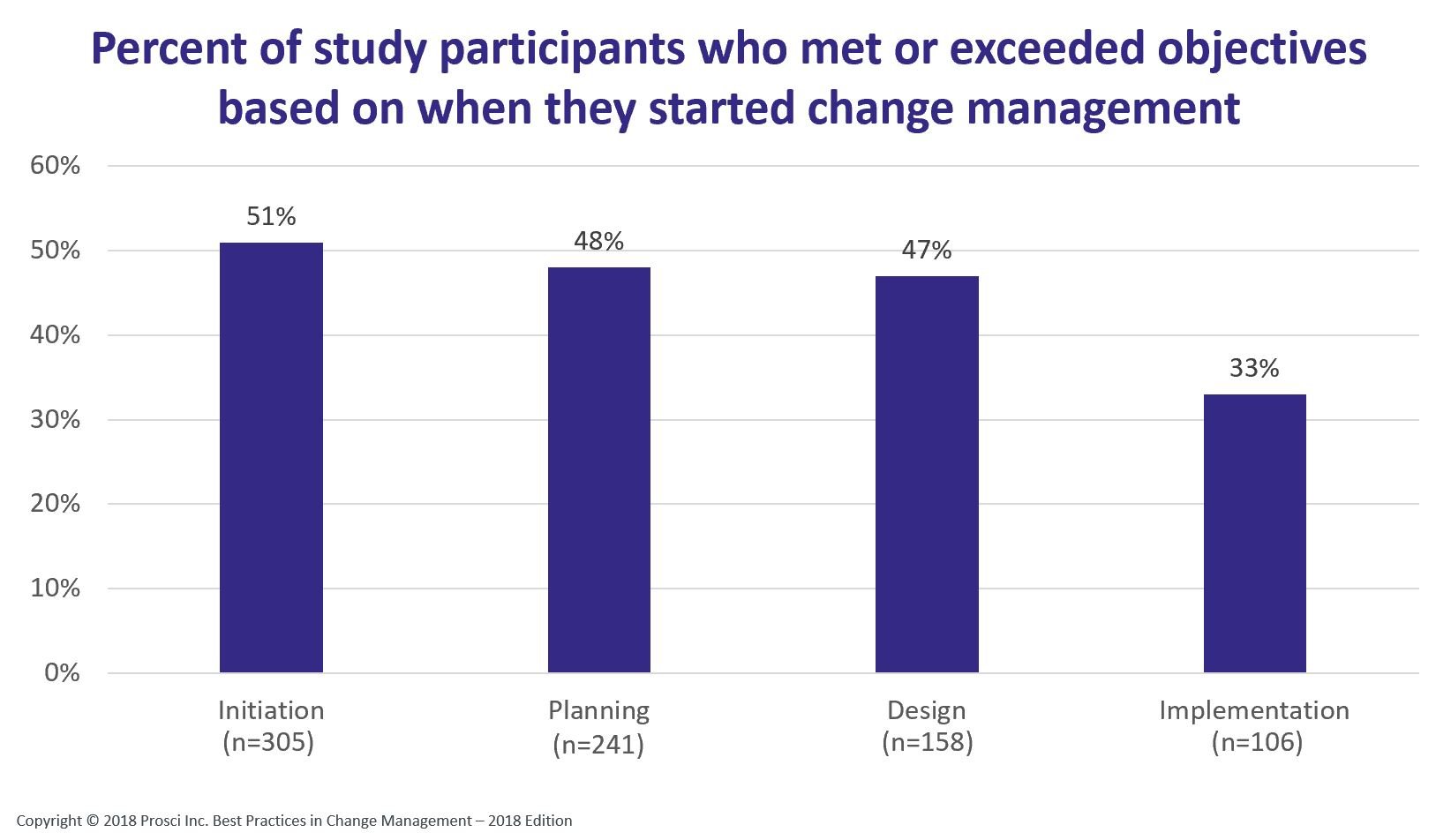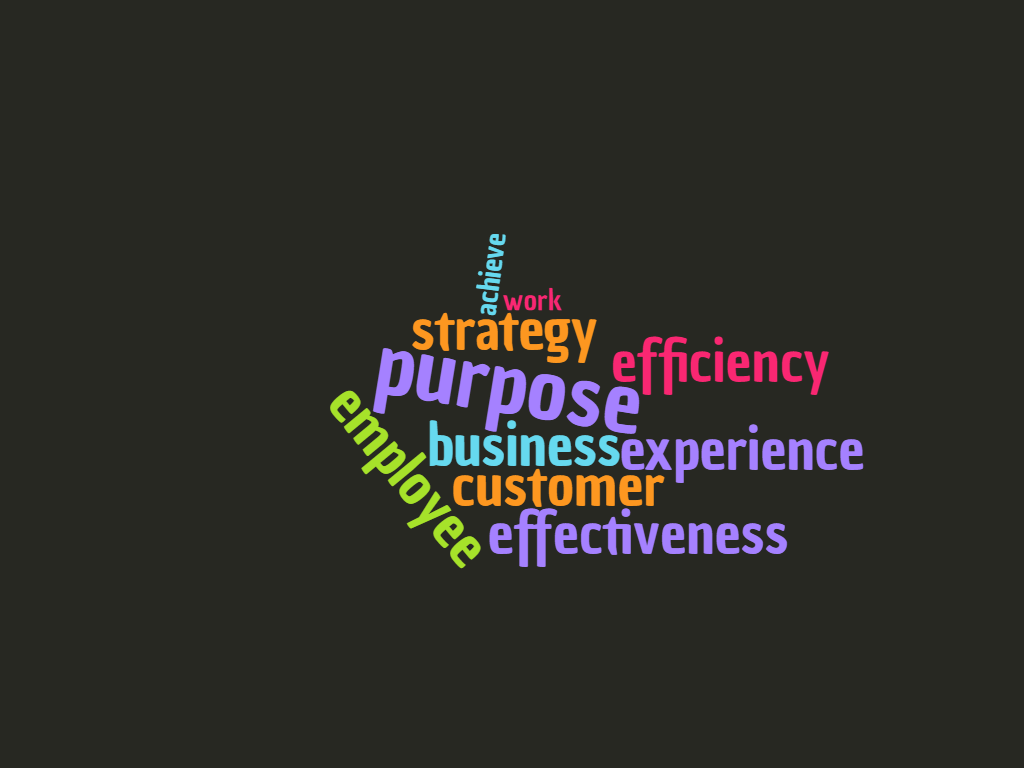Change management practitioners are not wizards. They cannot magically make resistance disappear days or weeks before 'go-live'. Preparation for change management activities should be done as early as possible, preferably at least together with change design.
Whilst it is improving, we still see many senior leaders and sponsors who under-appreciate and regard change management as secondary part-time activities that should only come into play if existing human capital and/or other resources allow and at the last minute. Unfortunately, the lack of understanding of the value of change management precipitates frictional responses from employees receiving the change and by the time leaders of change realise they should have done something, it is almost too late to rectify. They then see their projects fail to achieve their objectives, miss timelines and go off budget. Most of all, the return of investment they were expecting never materialises.

Hence, if you face the above challenge as a change management practitioner, it is important to first establish your value preposition with your project team, steering committee and others stakeholders before you launch any assessments or make any plans. The work you do will not serve its purpose unless the sponsors and other people working in complementary disciplines are willing to support and collaborate with you.
What can we do to increase our value proposition?
Apart from making pitches with best practices data and research, another great tactic is to show understanding, knowledge and appreciation for better-known disciplines such as Human Capital Management, Project Management, and Organisation Development etc. This gives us a foot-in-the-door opportunity to contribute in a small way whilst so that we can be included earlier in the change design process. Once we are valued as a contributing part of the team, we can influence the change design and make recommendations to optimise the change management process. Over time, the integration of change management activities with other project activities will produce better synergy and consistently yield improved performance.
Which area of knowledge should we start with?
Pick a complementary discipline that is broad and applicable in most changes such as Organisation Design (OD). Learn and understand the language within the discipline and find similarities and connections with Change Management.
For instance, world-leading OD expert, Naomi Stanford, defines OD as follows:
Organisation Design is arranging how to do the work necessary to effectively and efficiently achieve a business purpose and strategy while delivering high-quality customer and employee experience.
- in Naomi Stanford's 2018 "Organisation Design The Practitioner's Guide"
If we break her definition down, we can find many key elements that change management practitioners would frequently think about during analysis and preparation for change.

In her book, Naomi's also highlighted several key lessons from her experience in her extensive OD work which seems to perfectly overlap with our experience in change management work.
We've re-purposed them and here's our version:
1. Unless you are clear about the reasons for change (i.e. why are we changing) and what exactly your change design (or solution) is supposed to do, you are going to deliver something that either won't work or be adopted.
2. There is more than one right way of doing Change Management.
3. Even with a structured and systematic methodology, effective Change Management needs to be an adaptive and continually developing (hopefully maturing) process that may sometimes feels messy and confusing.
4. If you are faced with several strategic options, pick the one that makes the most sense at the time but be open and ready to make adjustments in response to new information.
5. The change management strategy (including change design) that you come up with will not last forever (or even for very long) and requires regular review and refinement.
6. No two change management strategies will be the same because no two changes are identical.
Given the positive relationship between change management and other disciplines, Human Resources/Learning & Development/Organisation Design/Development professionals who wants to become more effective at delivering organisational changes would also need to know and consistently use a systematic change management methodology to equip and prepare people to drive adoption rates and deliver business results. No matter what change you are trying to implement, applying a structured and systematic framework to manage your change will greatly improve your odds by 6 times (Prosci, 2018).
If you're a HR, OD or L&D professional looking to develop your change management skills to manage complex changes within your organisation, consider attending our Prosci Change Management Certification Programme in Singapore. Or, if you an experienced change management practitioner looking to take the next step in your career and further develop knowledge and your skill set, the Prosci Experienced Practitioner Programme (EPP) is for you.
Alternatively, get in touch with a CMC change management expert today to discuss your needs.
